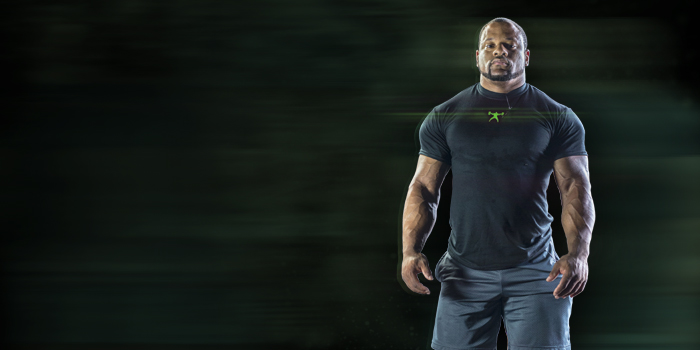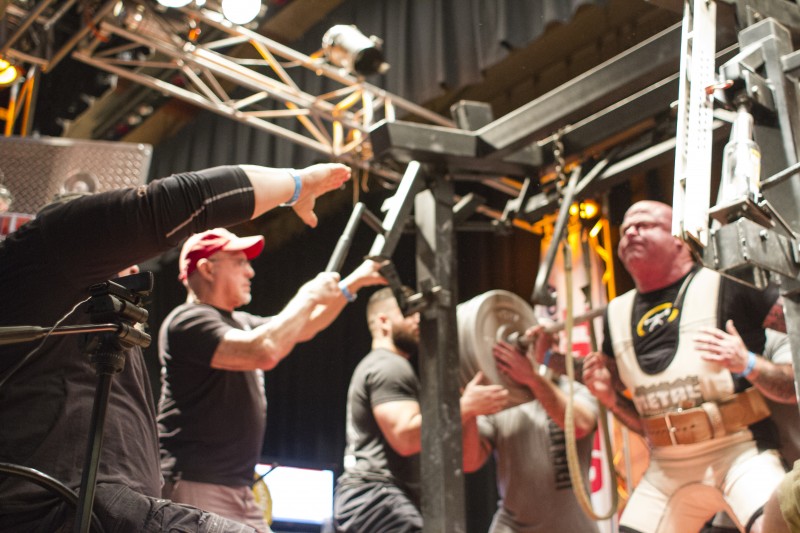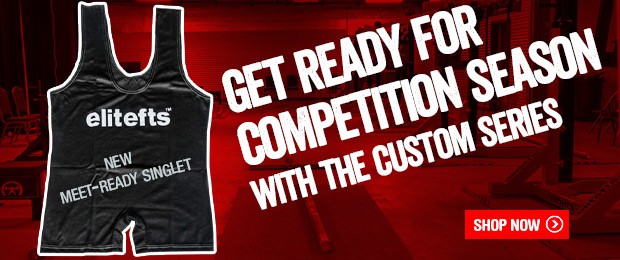
In powerlifting, the competitive athlete has many avenues as to how and where to compete. The athlete and the athletes’ coach(es) need to recognize that every athlete has different goals and competitive aspirations. Powerlifting is a sport of continual evolution, in that over the decades of sanctioned competition, the culture of the sport has indeed changed to its present form, across not only national but also international boundaries.
The success and longevity of any sanctioned competitive powerlifting federation or organization lies within its abilities to ensure transparency and uniformed governance of not only policy and procedure but also the standard of the competitive lifts within competition and the “policing” of its member athletes. It is important to note not only the evolution of powerlifting athlete, but also the history of why most powerlifting federations came into existence.
RECENT: Off-Season Case Study #1 — Examining Weakness And Implementing Corrective Measures
Being that we are primarily speaking of the US-based competitive athlete, it is important to note how powerlifting is what it is today. In today’s era of powerlifting, there are numerous powerlifting federations to serve the multiple “needs” of the competitive powerlifting strength athlete. In some ways, the role of the powerlifting federation(s) is somewhat unknown. In other organizations, it’s clear to the powerlifting athlete that they merely exist to provide a sanctioning for athletes who aspire to compete and move up through the ranks of total supremacy. However, the role of the powerlifting federation has changed throughout the decades of competition. This article is merely a brief outline of how all federations can be of benefit to the competitive athlete and coaches alike.
Then
From my understanding, the sport of powerlifting was the sport of the “odd lifts” and was not uniformly recognized as “modern powerlifting” until roughly the early 1960s. In the early years, informal agreements were made upon small groups of lifters to challenge each other collectively with, interestingly enough, the first world championship of powerlifting taking place in none other than York, Pennsylvania in 1971. Shortly thereafter, the International Powerlifting Federation (IPF) was born.
In conjunction, nationally the amateur sport structure of powerlifting in the United States was quite different than it is presently. The Amateur Athletic Union (AUU) was created as a multi-sport program that oversaw the promotion and growth of all amateur sports of in the United States. The original AAU was of non-profit status and included both Olympic and non-Olympic sports. By the late 1970s, a federal mandate was enacted that prohibited the monopolization of amateur sports, and consequently the AUU no longer had reigning organizational duties over amateur sports in the United States.
MORE: York Barbell Hall of Famer Rickey Dale Crain
Thus in powerlifting, the AAU essentially became the infamous United States Powerlifting Federation (USPF). For all intents and purposes, it was also of non-profit status and was the longest-running independent sporting organization for quite some time. Fast-forward through the 1980s and 90s and you see a lot of noticeable all-times greats. To name a few: Bob Gaynor, Doug Furnas, Jon Gamble, RIckey Dale Crain, Lamar Gant, Dan Austin, Ed Coan, Gene Bell, Mike Bridges, Steve Goggins, Larry Pacifico, Jon Cole, Bill Kazmaier, Ernie Frantz, and others.
Interestingly enough, each of the names listed and even those not mentioned all played vital roles in how powerlifting evolved over time. Now, there also was another federation that was a major contributor to the modern era of powerlifting, and that was the ADFPA, otherwise known as the American Drug Free Powerlifting Association, currently known as the USAPL. There also was a third organization taking hold in the 1980s due to internal factors that aren't of need to mention, known as the American Powerlifting Federation, or better known as the APF.
For all intents and purposes, it is not noteworthy to mention anything negative about any particular federation/organization, and/or how they choose or not choose to handle their affairs. It is also worth mentioning that most powerlifting federations are run by a sole-proprietor and are not of non-profit status. That distinct difference could play a vital role in how a competitive athlete could perceive the role of their given competitive sanctioning body. This is a brief summary of history in lieu to the current status of powerlifting and its most recent federations and organizations, as well as their direct role in the modern day athletes as a non-biased whole.
And Now
Powerlifting, to my knowledge, took its present structure in terms of genre/classification/standard by the early 2000s. As mentioned in the opening of this piece, the success of any federation/organization lies within its abilities to, as follows, “ensure transparency and uniformed governance of not only policy and procedure, and the standard of the competitive lifts within competition, but also the “policing” of its member athletes.”
It doesn't take a rocket scientist to quickly figure out that there are far more than three powerlifting federations, as there were once upon a time. So the modern competitive powerlifting and their coach(es) really need to do their diligence when it comes to the selection of where the given athlete will decide to ultimately compete. This could also be not just a single organization or federation, depending upon the given athlete's goals. There are an abundance of choices to compete, and it would be quite an extensive list to produce given that most federations offer quite similar competitive experiences, with only a few minor differences of detail, such as weigh-in standards, the use of specialty bars, monolift vs. no monolift, etc. However, also note that in some federations, making the choice to compete elsewhere could come at a cost. Hence, buyer beware.
So the million-dollar premise really is simple in the perspective of the athlete and the role that the federation/organization embarks upon the athlete's competitive success. That question is as follows:
“How is best to create a competitive standard of both policy and procedure that satisfies the athlete's quest for both enjoyment and the competitive spirit of athletics?"
It's quite simple, really. If an organization has bylaws, they should follow them, and allow the athletes to have an avenue to help the sport evolve. After all, it's the athletes who comprise the athletic standards governed towards them. Allow the collective athletes to have a role as they once had.
A good way for athletes to get active and to help establish a standard as mentioned above is to find ways to become active in a federation, or multiple federations, and to learn how they function internally. Become a positive voice within that competitive environment. This could be as simple as providing meet day help, becoming a referee, and/or simply providing input to those in charge of a given federation. This can accomplish something as simple as allowing those in charge to gather a pulse as to what the athletes want or need.
If the organization believes that they need to “level the playing field,” then do so in a way that ensures that every athlete is competing by the same standards of provisions. If the organization believes in holding professional events to showcase the best athletes hands down, then make it an experience that will make others follow and create a true sense of unparalleled competition that will give the upcoming athletes something to aspire to.
Lastly, and this one is important, if there multiple federations—and yes, they all have their niche—then at least adhere to a standard rulebook of competition. A squat is a squat is a squat. Depth is depth and a white light is a white light. Whether you want to walk it out or not is up to the athlete, but a standard of competition is huge when you are updating registers that are compiling data of some the strongest feats of regulated strength.
It's simple. Lock your presses. Keep the shoulders and knees locked on the pull. And if you can't find adequate judges then that is on the federation to fix. It only negates the quality of the product if the federation doesn't do so. This is my take on the role of the organization in the eyes of the athlete.












1 Comment